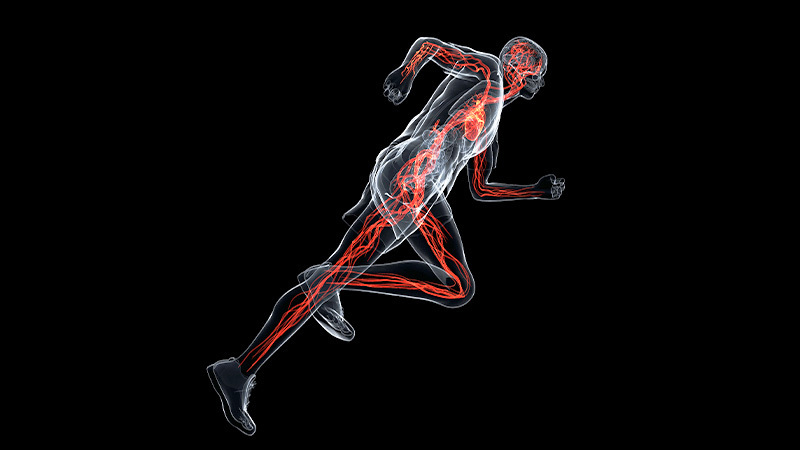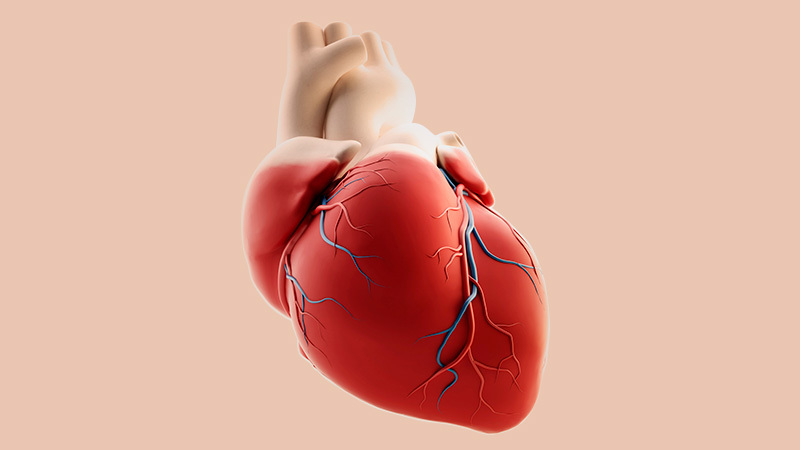The REASSURE-NIRS registry shows that achieving LDL-C <55 mg/dL is associated with a lower risk of cardiac events in patients with lipid-rich plaque in non-culprit lesions, and may benefit from aggressive statin therapy, especially in patients with ACS. The results were presented by Dr. Yu Kataoka of the National Cerebral and Cardiovascular Center at the Late Breaking Cohort Studies session at the 86th Annual Meeting of the Japanese Circulation Society.
The Efficacy of Achieving LDL-C < 55 mg/dL on Cardiac Outcomes at Non-Culprit Lipid-Rich Plaques: Insights from the REASSURE-NIRS On-Going Multicenter Registry

The study included 1,012 patients with coronary artery disease who underwent NIRS-IVUS-guided PCI from August 2016 to January 2022, enrolled in the REASSURE-NIRS registry from five Japanese centers, of whom 726 had non-culprit lesions (diameter stenosis ≥ 20%) that could be evaluated. Patients were stratified into those with a MaxLCBI4mm of <400 for non-culprit lesions (556 patients, 934 lesions) and those with ≥400 (170 patients, 239 lesions), and cardiac events were evaluated at a median follow-up of 2.2 years.
The NIRS-IVUS is an intravascular imaging system that detects lipid plaques and quantitatively calculates the Lipid Core Burden Index (LCBI) on a scale of 0 (no lipid) to 1,000 (lipid-rich), with the highest LCBI (4mm) in the selected segment indicated by MaxLCBI4mm.
Among the patients with a MaxLCBI4mm of <400, those who achieved <55 mg/dL (162 patients) compared to those with LDL-C ≥55 mg/dL (394 patients) were older (69 vs 72 years: p=0.04) and had a lower rate of dyslipidemia (92% vs 73%: p<0.001), while ACS Rates were higher (30% vs. 37%: p=0.004). They also had a higher rate of high-dose statin use (51% vs. 68%: p=0.001) with mean LDL-C values of 76 mg/dL and 45 mg/dL, respectively (p<0.001).
The risk of the primary endpoint (cardiac death, non-fatal MI) did not differ between the LDL-C ≥55 mg/dL and <55 mg/dL groups (adjusted HR 0.93 [95% CI 0.83-1.09] p=0.177).
Of the patients with a MaxLCBI4mm of ≥400, patients with LDC-C of <55mg/dL when compared to patients with LDL-C of ≥55mg/dL had a lower proportion of women (34% vs 19%: p<0.001) and dyslipidemia (93% vs 70%: p<0.001). They were also more likely to use high-dose statins (64% vs 75%: p=0.001) and recorded mean LDL-C values of 73 mg/dL and 44 mg/dL, respectively (p<0.001).
In patients with MaxLCBI4mm ≥400, the risk of the primary endpoint was significantly lower in the <55 mg/dL group compared to the LDL-C ≥55 mg/dL group (adjusted HR 0.89 [95%CI 0.78-0.98] p=0.042). Secondary endpoints (cardiac death, non-fatal MI, and unplanned revascularization [new lesions requiring PCI/CABG]) were also significantly lower in the LDL-C <55 mg/dL group (adjusted HR 0.71 [95%CI 0.59-0.89] p=0.026).
Further analysis of the group of patients with MaxLCBI4mm ≥400 showed a lower risk of secondary endpoints in the <55 mg/dL group compared to LDL-C ≥55 mg/dL in patients with ACS (p=0.046), while there was no significant difference in patients with stable coronary artery disease (p=0.731).
Dr. Kataoka summarized, "The benefit of reducing LDL-C to <55 mg/dL in patients with lipid-rich plaque in non-culprit lesions was demonstrated, suggesting that intravascular imaging-guided risk stratification may be useful in selecting appropriate intensity of lipid management in secondary prevention patients."
The 86th Annual Scientific Meeting of the Japanese Circulation Society
ご注意 当サイト内の全ての記事と動画の転載・転送はご遠慮ください。なお、法律上保護されたコンテンツの無許可の転載、複製、転用等は、当該コンテンツの権利者等から損害賠償請求その他の法的手続を申し立てられ、事案によっては処罰される可能性、また、故意にそれらを受け取った場合も同様の措置を受ける可能性がございます。ご不明な点がございましたら当社までご連絡ください。




